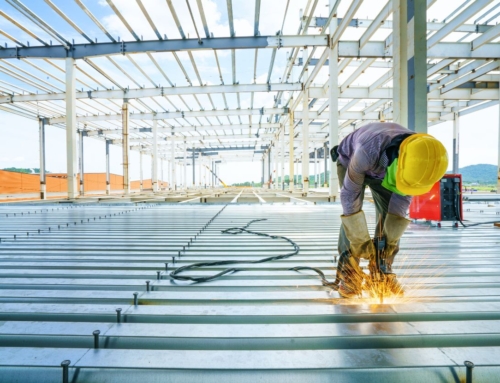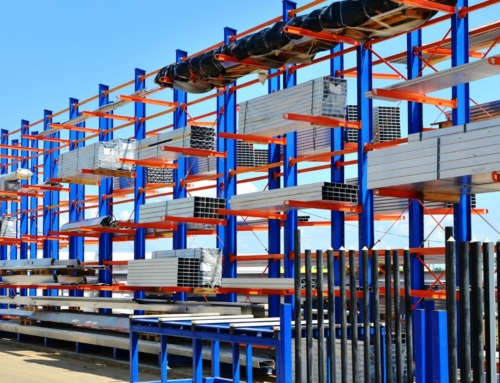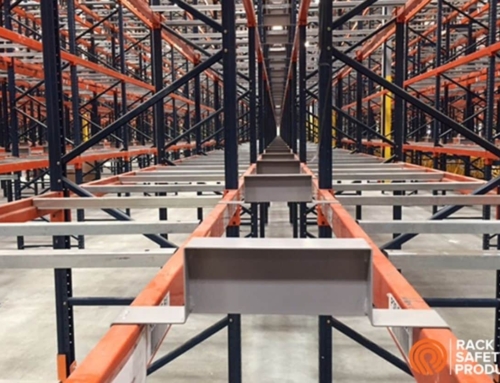[fusion_builder_container hundred_percent=”no” equal_height_columns=”no” menu_anchor=”” hide_on_mobile=”small-visibility,medium-visibility,large-visibility” class=”” id=”” background_color=”” background_image=”” background_position=”center center” background_repeat=”no-repeat” fade=”no” background_parallax=”none” parallax_speed=”0.3″ video_mp4=”” video_webm=”” video_ogv=”” video_url=”” video_aspect_ratio=”16:9″ video_loop=”yes” video_mute=”yes” overlay_color=”” video_preview_image=”” border_size=”” border_color=”” border_style=”solid” padding_top=”” padding_bottom=”” padding_left=”” padding_right=””][fusion_builder_row][fusion_builder_column type=”1_1″ layout=”1_1″ background_position=”left top” background_color=”” border_size=”” border_color=”” border_style=”solid” border_position=”all” spacing=”yes” background_image=”” background_repeat=”no-repeat” padding_top=”” padding_right=”” padding_bottom=”” padding_left=”” margin_top=”0px” margin_bottom=”0px” class=”” id=”” animation_type=”” animation_speed=”0.3″ animation_direction=”left” hide_on_mobile=”small-visibility,medium-visibility,large-visibility” center_content=”no” last=”no” min_height=”” hover_type=”none” link=””][fusion_text columns=”” column_min_width=”” column_spacing=”” rule_style=”default” rule_size=”” rule_color=”” hide_on_mobile=”small-visibility,medium-visibility,large-visibility” class=”” id=””]
As the cost of warehouse real estate rises, it becomes increasingly important to milk every last ounce of cubic capacity out of your structures. In current warehouse architecture, higher racks and narrower lanes are the norm. Although increasing density is a wise strategy, the flue space between your pallet racks should never be sacrificed. These flue spaces are critical in preventing fires from spreading throughout a warehouse. Flue gaps don’t prevent fires, but they do direct heat and smoke upward if one does occur. Here is what to consider when asking what the minimum space is between pallets and a racking structure!
Guidelines for Flue Space
The minimum standard for longitudinal flue space is six inches of clear space between pallet racks from top to bottom. This means that back-to-back pallet racks must have at least six inches of clear space between them. Remember that pallet overhang must be considered. Most designs employ 12″ row spacers with three inches overhangs on both rows of racks. The minimum transverse requirement is three inches. This means that pallets must be three inches apart from an upright and three inches apart from consecutive pallets. If you have any concerns, check your local fire code to ensure you’re in compliance with any additional state or municipal rules, even if these are the NFPA specs.
Pallet Push-Through
There must be no obstacles in your three-inch transverse or six-inch longitudinal flue spaces to meet safety compliance criteria. When pallets are put on a rack, they can be pushed too far back, which can rapidly become a problem. Pallet push-through can be avoided in numerous ways, including the following:
- Employing pallet racking backstops
- Upgrading your pallet rack decking
- Installing pallet stop beams
The Main Takeaways
Pallet racks are effective structures for holding huge quantities of merchandise, but they must be used securely and without damage. Regulations must be followed. The importance of adhering to the recommended clearances from building components and other objects cannot be overstated. Evaluate your racking systems on a regular basis to stay on top of safety regulations. Luckily, there are many private and government agencies explicitly set up to help you inspect your pallets. Use these resources often!
We hope this article has helped you understand the guidelines around the minimum space you want between pallets and a racking structure. If you’re looking to purchase any pallet safety accessories such as a pallet safety stop, pallet rack decking, or even new racking backstops, reach out to Rack Safety Products!
[/fusion_text][/fusion_builder_column][/fusion_builder_row][/fusion_builder_container]






